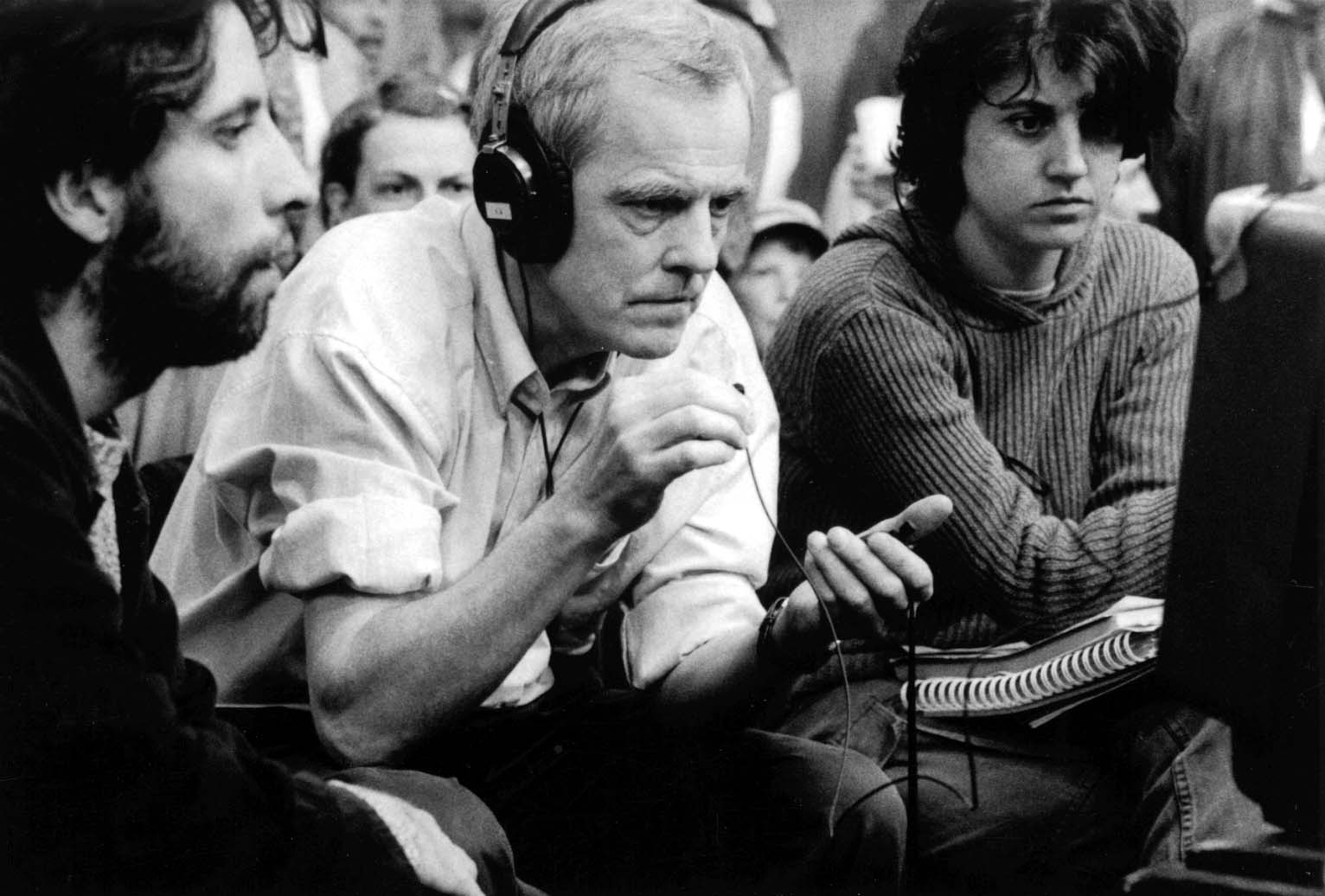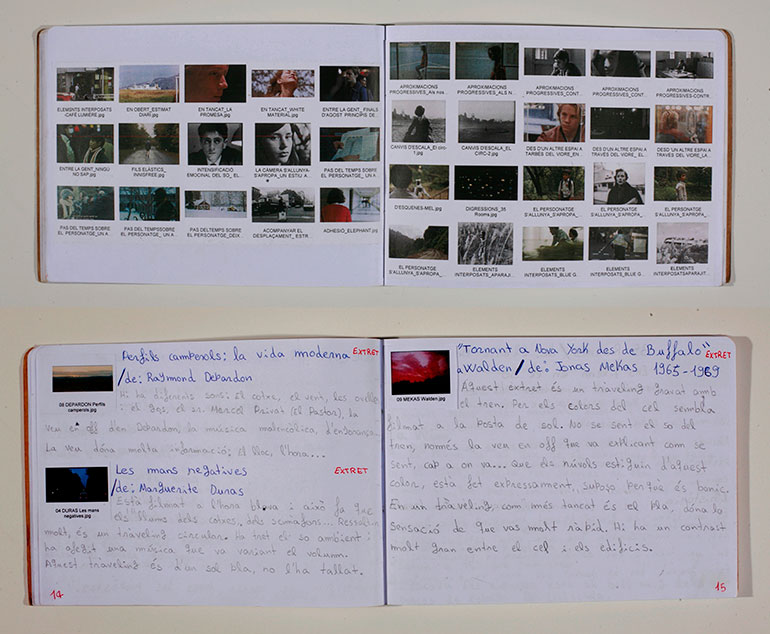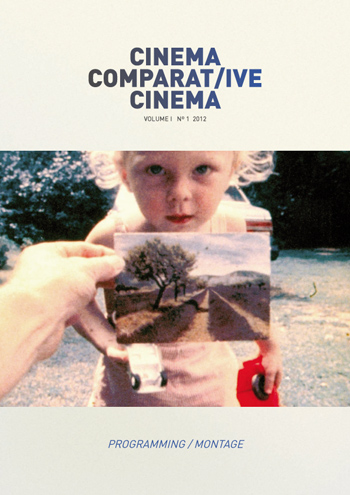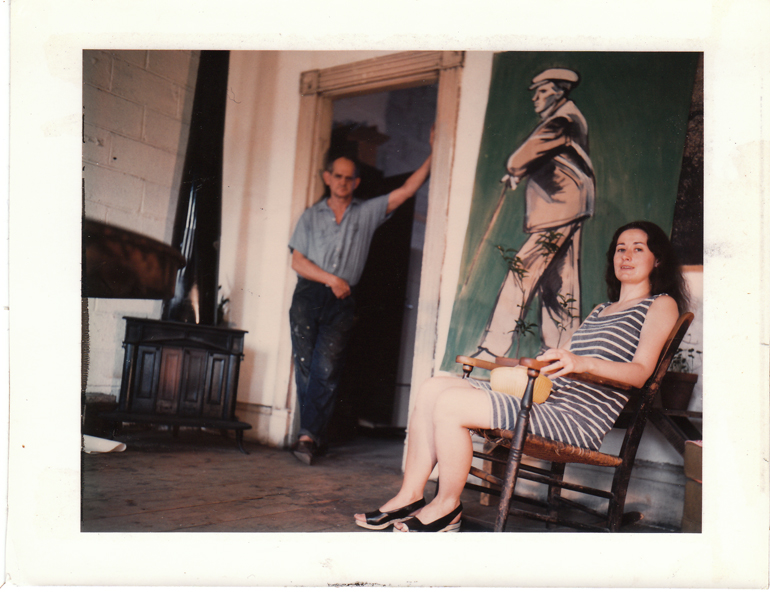DOWNLOAD |
Nº 1 PROGRAMMING / MONTAGEEditorial DOCUMENTSThe Cinémathèques and the History of Cinema On a Screening of Ozu FILMS UNDER DISCUSSION. INTERVIEWSABSTRACT ABSTRACT ARTICLESABSTRACT ABSTRACT ABSTRACT ABSTRACT ABSTRACT ABSTRACT ABSTRACT ABSTRACT ABSTRACT ABSTRACT REVIEWSNathaniel Dorsky. Devotional Cinema
|
CALL FOR PAPERS Nº 15
Deadline for submissions: [EXTENDED] January 30th, 2020.
More information HERE.
ONLINE DOCUMENTS

ONLINE DOCUMENTS No. 7
Notes on the Media Crisis
Peter Watkins

ONLINE DOCUMENTS No. 5
The Screenings: Watching Creation from Nearby
Cinema en curs
The Creation Process
Cinema en curs
ONLINE DOCUMENTS No. 4
Catallegory fatigue
Miguel Amorim



